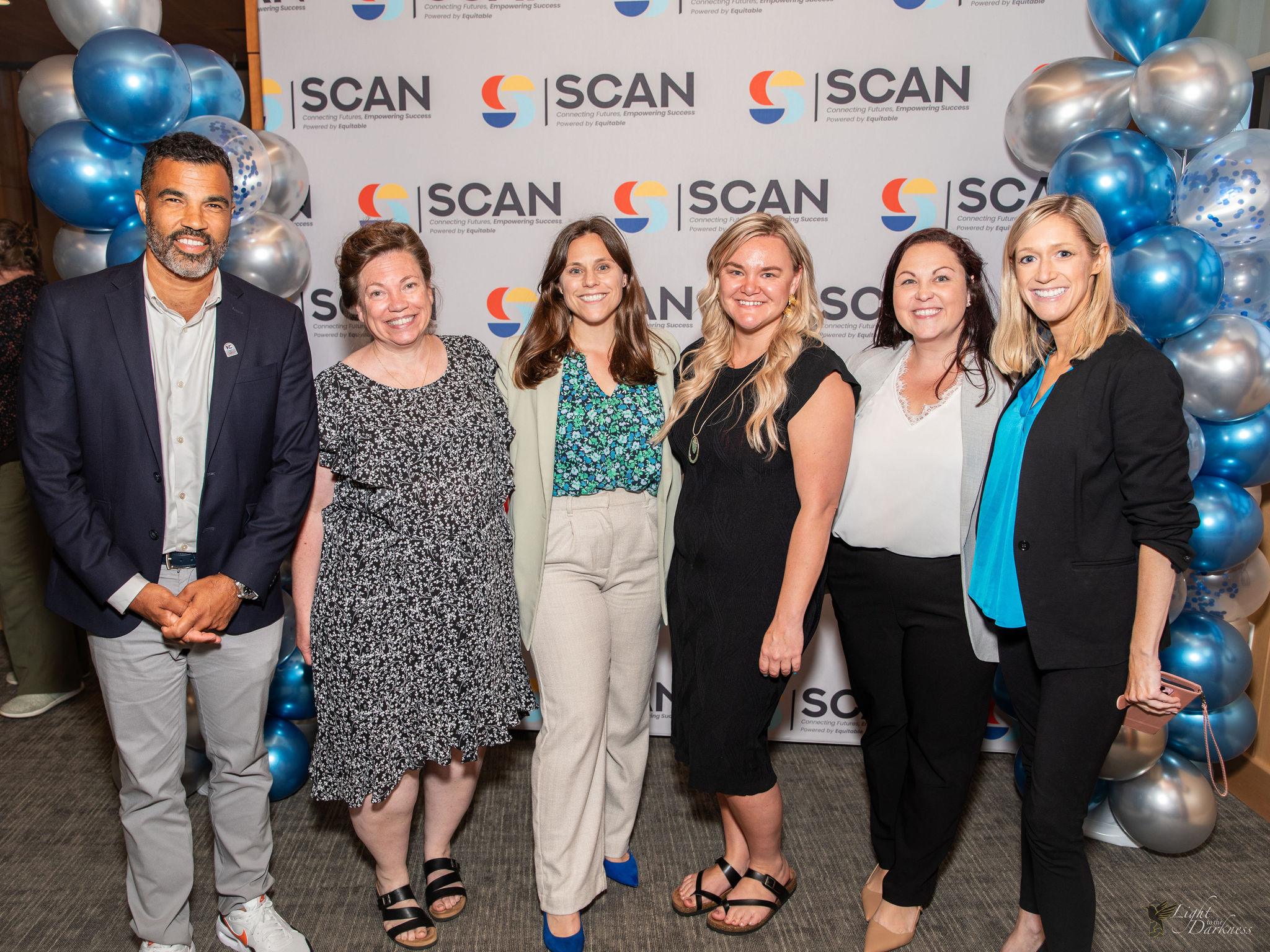
To Test or Not to Test: Helping Students Navigate Test Prep
Filed In
- Preparing for College
Topics
- Test Prep
At the beginning of 2018, the National Center for Fair and Open Testing reported over 1,000 colleges and universities have made ACT/SAT scores optional in their admissions process. Many factors contribute to this trend, including recent studies suggesting GPA is a better predictor of college success than test scores and that test requirements deter many qualified first-generation students. This is because the tests have typically favored more affluent students who can afford to take multiple test prep courses, leaving many low-income and minority students behind.

To help level the playing field, SAT redesigned their test to reflect the core curriculum adopted by majority of state education departments. However, after the test redesign, more institutions switched to test-optional applications.
While more colleges rethink the role of standardized tests, some states are taking steps to encourage testing. Illinois pays for every student to take a college entrance exam by end of their junior year of high school, and the state actually added funding this year for all ninth and tenth graders to take the preliminary tests for the ACT or SAT. About 20 states have similar policies requiring students to test. Recent research indicates these policies increased the number of poor students who have gone on to college by about one percentage point.
On an institutional and policy level, the jury is clearly still out on what is best for students. In the midst of mixed messages from school and government about the importance of standardized assessments, the best course of action from teachers, volunteers, and mentors is to be aware of the landscape and guide each student to make the best decision for themselves. These decisions are more complicated than one might realize, especially for first generation students who are often unaware of the options.
Know the School Requirements
If your students are from a state where college entrance exams are not subsidized, students must decide: Should I even take the ACT/SAT? A quick glance at their admissions applications could answer that question. If a test score is required at the schools they’re considering, then the student should begin preparing and practicing for the test. However, if they are interested in primarily test-optional schools, this decision is more complicated.
The student should take a look at their GPA and course load. If these are in good shape, then the stress of test prep may not be worth the hassle. However, if their GPA toes the line, having an excellent test score could offset their potentially worrisome grades.
Another reason why the test may be necessary is that, even if admissions makes the test optional, the financial aid or program requirements may still require it. It pays to check in with the financial aid department to see what scholarships are available and how to become eligible. Also, if your student is set on a particular course of study, make sure they check the requirements for that department. For example: in order to be admitted into an education program in Illinois a student must have a 22 or higher on their ACT.
If your student is determined and disciplined, then supporting them through the right test prep regimen could get them the score they need to be accepted into their major and maximize their financial aid.
Know the Process
Once your student has determined that taking the ACT or the SAT is in their best interest, then it’s time to begin studying. The first order of business is to decide which test is best for your student. To evaluate that decision, here is another helpful blog.
The best way to start studying for college entrance exams is to understand the format of the test. As someone who is guiding students through their preparation process, it becomes imperative that you know each section of the test, how the questions are formatted, and what resources are available. Both the ACT and the SAT have created official test prep resources that include practice tests, and we recommend using resources certified by the test makers.
Thanks to a partnership with Kahn Academy, all of the SAT’s resources are free online, and can actually be linked to your student’s College Board account to create a tailored program of study for the student.
Know the Student
Great! Students can get what they need online. However, to some volunteers and mentors this may seem discouraging. What could the student possibly need from a test prep program if all the resources are out there already? The answer is simple: motivation, encouragement, and support.
Technological resources are actually more effective when they are paired with guidance from peers and mentors from organizations like Dollars for Scholars. This is why it is important to know your students and craft a program around them. An effective test prep program will not only provide information about the test, but will motivate the student to put in the time needed for improvement. To provide the biggest help to your students, figure out what kind of motivation they need.
If a student has been studying and putting in the hours without seeing much improvement, he or she might need a person to trouble-shoot study habits and provide an uplift of positivity. It may be helpful to go over practice test results together, and help put their skills in perspective. Students always perform better when they focus on their strengths right before they walk into the testing center. Practice develops the skills; teachers, volunteers and mentors help students develop confidence.
 hbspt.cta.load(241375, '82f2ed23-b795-4d67-829d-517553c0e420', {});
hbspt.cta.load(241375, '82f2ed23-b795-4d67-829d-517553c0e420', {});
Related Articles
Browse All

Scholarship America Program Q&A: Chevron Phillips Chemical Dependent Scholarship Program

Featured Scholarship: New York Life Financial Empowerment Scholarship

Our team is here to help you achieve your goals and build your custom scholarship program.